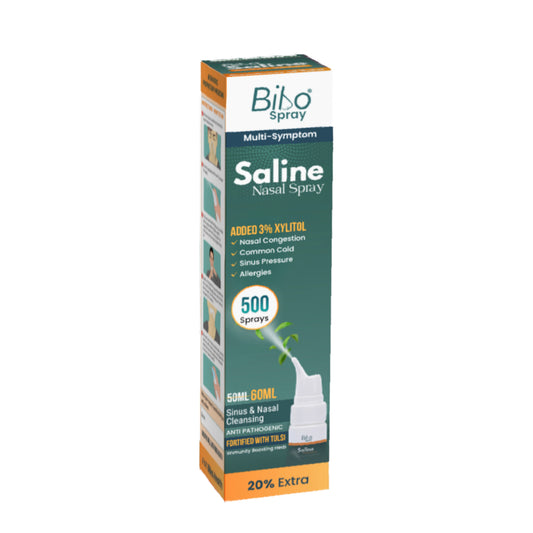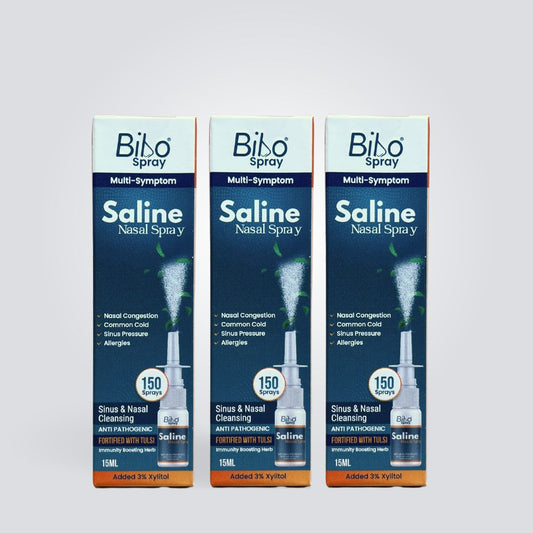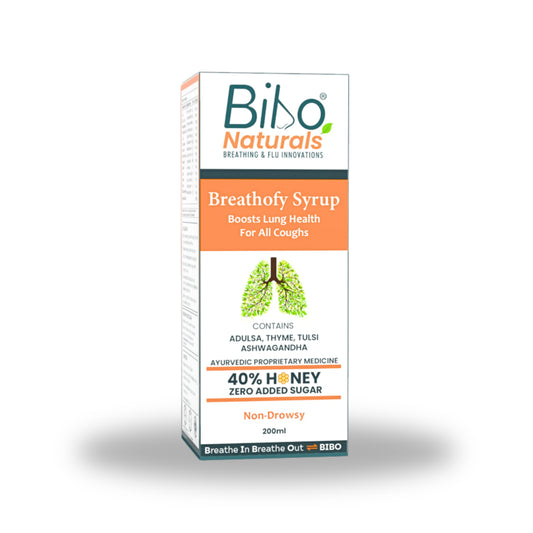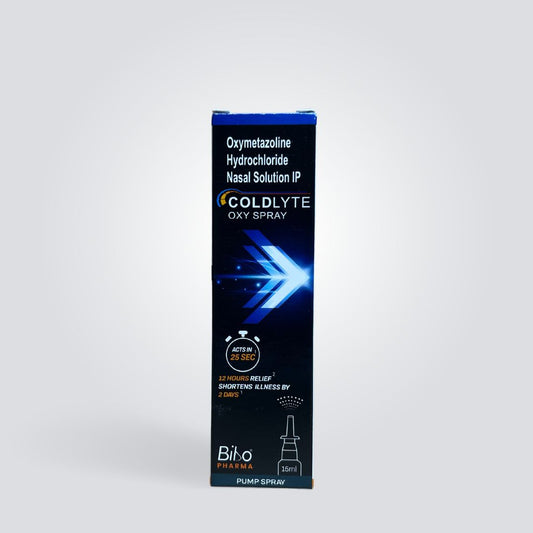
Home remedies are considered the safest treatment for any disease. Following them along with taking regular medicines may show a better or enhanced result in improving the symptoms. In this blog, we will be discussing some home remedies which may be beneficial for people suffering from sinusitis.
1. Heat up or steam your face:
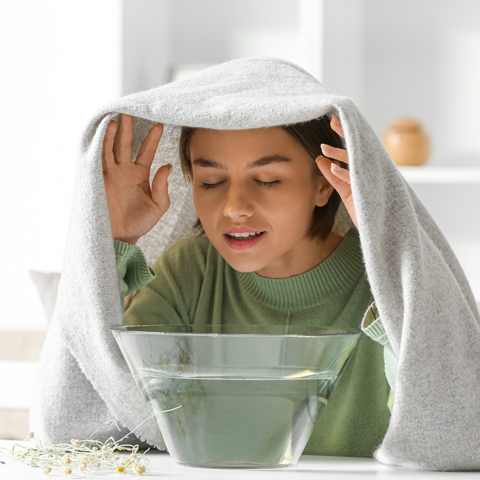
It is one of the most effective ways to warm up or moisturize the sinus passageways. It also helps to reduce the swelling in the sinuses. Inhaling steam gives a relaxed feeling. It also thins the mucus in the nasal and sinus area so it can be removed easily.
People with sinusitis can take a hot shower or place a warm cloth on their face. Using a steam inhaler is the most effective way to take steam inhalation. While taking steam inhalation (using the steam inhaler), one has to cover their head with a towel or cloth. Continue to inhale for about 5-10 minutes.
Note: While taking steam inhalation, do not go too close to the inhaler as it may burn your skin. Also, do not remove the towel or cloth from the head immediately after taking steam. It is better to wait for 2-5 minutes before removing the cloth. If you are taking steam before bedtime, then it is better to sleep as soon as you take steam with your face covered with a blanket.
Essential oils are also an excellent option to calm your sinusitis. Adding them to the steam inhaler may show better results in reducing the symptoms of sinusitis. The most commonly used essential oils for sinusitis are eucalyptus oil, peppermint oil, thyme oil, pine oil, lavender oil, chamomile oil, rosemary oil, and tea tree oil.
2. Irrigate your sinuses to help ease symptoms and prevent sinus infection:

This method involves using a saltwater solution to remove germs and plugged-up mucus in the sinus passages. Nasal wash, nasal douche, or lavage are the other terms of this method. Neti pot is a popular device used to perform this procedure, which is preferred by many people.
Studies found that irrigation can improve symptoms. According to experts’ opinion, use distilled or sterile water to avoid the rare possibility of parasite introduction into your sinus passageways.
Note: Tap water can be sterilized at home easily by boiling it for 3 to 5 minutes.
3. Yoga can help drain mucus from passageways:

According to many studies, practising yoga regularly can help drain the mucus from the sinuses and improve the symptoms. Pranayama (breathing exercises) are generally most effective for sinusitis and other breathing problems. However, many yoga poses may also help to drain the sinuses.
Pranayama for sinusitis:
- Brahmari pranayama (Bumblebee Breath)
- Chanting on OM
- Bhastrika pranayama (Bellows Breath)
- Anulom vilom (Alternate Nostril Breathing)
Yoga poses for sinusitis:
- Bhujangasana (Cobra pose)
- Sethubandhasana (Bridge pose)
- Adho Mukha Svanasana (Downward-facing dog pose)
4. Try taking a supplement, such as an enzyme Bromelain:

Bromelain is a mixture of enzymes found in pineapple and sold as a dietary supplement. It can also be taken as a powder, cream, tablet, or capsule. Sometimes it is taken in combination with other ingredients.
Research shows that Bromelain can be found effective for sinusitis as it was supposed to be beneficial in taming inflammation. A study also shows that Bromelain improved sinus symptoms more than a placebo.
The oral dose of Bromelain is 500 to 1000mg per day normally. But a dose of 2000mg can also be prescribed to some people.
Bromelain is a natural product, but it does have side effects. Some people may have allergic reactions, GI issues, menstrual problems, and increased heart rate. Hence, it is always better to talk to your doctor before using it, and if you experience any such side effects, stop using it immediately and visit your doctor.
5. Sleep habits:

In all aspects, sleeping is one of the most important parts of a healthy body. Nothing will work if you try everything but are still careless about your sleeping. Rest is important for fast and easy recovery. It helps the body to heal.
In the case of sinusitis, sleeping can ease sinus pressure for many reasons. It is important to note that more white blood cells are produced during sleeping. And these cells play an important role in eliminating any virus or bacteria that could cause irritated sinuses and sinus pressure.
If people with sinus pressure keep their heads a bit elevated, they can find more peaceful sleep. Extra pillows can be used behind the head or upper back to attain this.
Sleeping in a leaning-up position helps mucus to move through nasal passages and the sinus. Hence it prevents a stuffy nose that disrupts sleep. On the contrary, if you are leaning flat, you may face additional pressure and mucus buildup.
Conclusion
Sinusitis is a condition that causes inflammation in the sinuses. It is really painful and disturbing sometimes because it cannot let you work properly. There are several possible ways to manage it if you have sinusitis.
Reference
- Morcom, S., Phillips, N., Pastuszek, A., & Timperley, D. (2016). Sinusitis. Australian family physician, 45(6), 374–377.
- Wald, E. R., Applegate, K. E., Bordley, C., Darrow, D. H., Glode, M. P., Marcy, S. M., Nelson, C. E., Rosenfeld, R. M., Shaikh, N., Smith, M. J., Williams, P. V., Weinberg, S. T., & American Academy of Pediatrics (2013). Clinical practice guideline for the diagnosis and management of acute bacterial sinusitis in children aged 1 to 18 years. Pediatrics, 132(1), e262–e280.
- Mehrtens, J. M., & Spigarelli, M. G. (2010). Acute sinusitis. Adolescent medicine: state of the art reviews, 21(2), 187–vii.
- Emhart O. (1989). Sinusitis [Sinusitis]. Revista chilena de pediatria, 60(2), 112–117.
- Eloy, P., Bertrand, B., Rombeaux, P., Delos, M., & Trigaux, J. P. (1997). Mycotic sinusitis. Acta oto-rhino-laryngologica Belgica, 51(4), 339–352.

